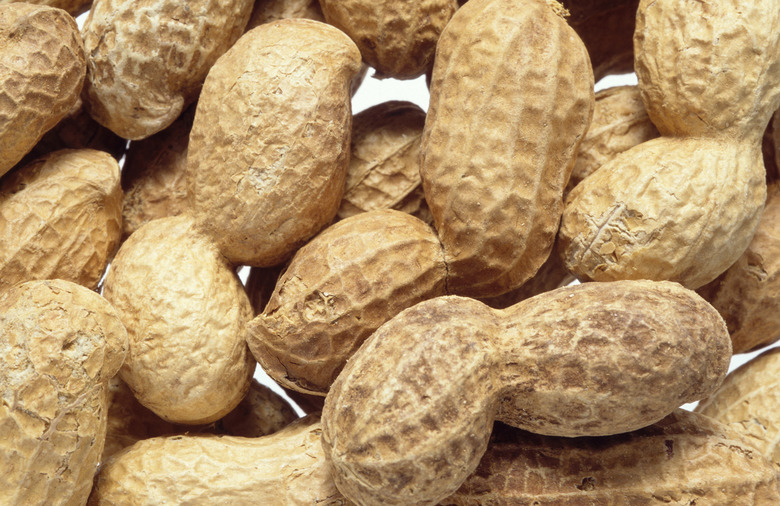What Black Scientist Discovered More Than 300 Products Derived From Peanuts?
George Washington Carver was an African American agricultural scientist who is credited with discovering or developing more than 300 uses for the peanut. His main motivation for doing this was to encourage black farmers in the South to rotate their crops. At the time, most farmers in the Deep South grew cotton or tobacco – both crops which depleted soil nutrients. Carver understood that farmers would see better cotton yields if they alternated planting cotton with planting crops which replenished the soil, such as sweet potatoes, soy beans, cow peas and peanuts.
From Slave to Renowned Scientist
From Slave to Renowned Scientist
Peanuts were not even considered a cash crop in the United States when Carver began studying their uses in the 1890s. By the time of his death in 1943, peanuts were among the top six cash crops in the U.S, largely because of the demand for peanut butter, peanut oil and other peanut-based products Carver discovered or promoted. George Washington Carver became the best-known African American scientist of his day. Having been born into slavery and risen to prominence as one of the world's leading agriculturalists, he became widely regarded as a symbol of what African Americans could achieve. In 1943 President Franklin D. Roosevelt made Carver's boyhood home the first national monument honoring an African American.
Cite This Article
MLA
Markey, Dell. "What Black Scientist Discovered More Than 300 Products Derived From Peanuts?" sciencing.com, https://www.sciencing.com/what-black-scientist-discovered-more-than-300-products-derived-from-peanuts-12756328/. 29 October 2013.
APA
Markey, Dell. (2013, October 29). What Black Scientist Discovered More Than 300 Products Derived From Peanuts?. sciencing.com. Retrieved from https://www.sciencing.com/what-black-scientist-discovered-more-than-300-products-derived-from-peanuts-12756328/
Chicago
Markey, Dell. What Black Scientist Discovered More Than 300 Products Derived From Peanuts? last modified March 24, 2022. https://www.sciencing.com/what-black-scientist-discovered-more-than-300-products-derived-from-peanuts-12756328/
